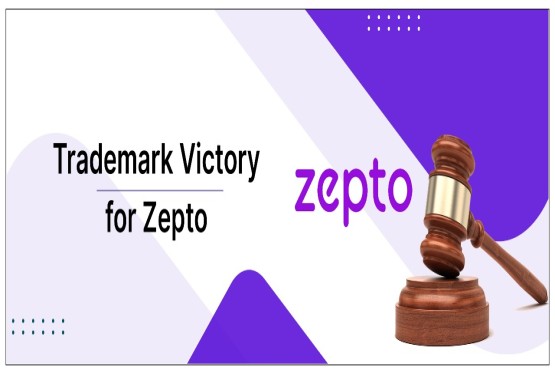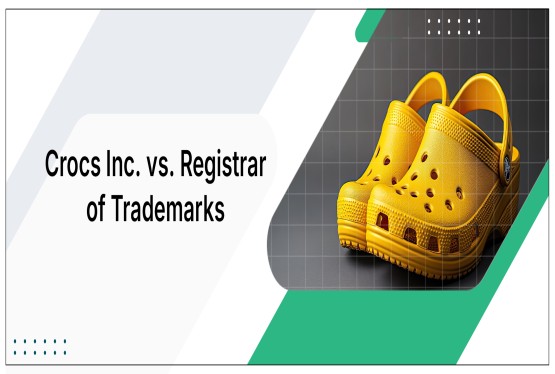In a significant ruling that reinforces the importance of brand protection and consumer clarity, the Delhi High Court has ordered the removal of the trademark ‘Purplle Tree’ from the Register of Trade Marks. The Court ruled in favour of Manash Lifestyle Pvt. Ltd., the proprietor of the popular e-commerce beauty brand ‘Purplle’, in a rectification petition filed under Section 57 of the Trade Marks Act, 1999.
Background of the Case
Manash Lifestyle Pvt. Ltd., owner of the registered ‘Purplle’ mark under Class 3 (which includes cosmetics and personal care products), filed a rectification petition against the mark ‘Purplle Tree’, arguing that it was deceptively similar and likely to cause confusion among consumers.
The impugned mark, ‘Purplle Tree’, had been registered by a third party on a "proposed to be used" basis and had not been put to actual commercial use since Trademark registration.
Observations by the Court
Justice Mini Pushkarna, while hearing the matter, made the following crucial observations:
Visual and Phonetic Similarity
Both marks—‘Purplle’ and ‘Purplle Tree’—were found to be phonetically, structurally, and visually similar, which could easily mislead or confuse the average consumer. The use of the distinct spelling “Purplle” was central to the petitioner’s identity.
Established Brand Identity
The Court acknowledged that ‘Purplle’ had achieved brand distinctiveness and market recognition through consistent use and substantial goodwill. The addition of the word “Tree” in the impugned mark did not create sufficient distinction.
Lack of Bona Fide Use
The respondent’s trademark was never used commercially, and there was no proof of actual use in commerce, which weakened their position under the Trade Marks Act.
Likelihood of Confusion
Justice Pushkarna stressed that consumers encountering ‘Purplle Tree’ might mistakenly assume an association or endorsement by the ‘Purplle’ brand, which would amount to deceptive similarity under Sections 9 and 11 of the Trade Marks Act.
The Verdict
The Delhi High Court directed that the trademark ‘Purplle Tree’ be removed from the Register of Trade Marks. The Court allowed the rectification petition, holding that the mark was:
• Deceptively similar to the registered mark ‘Purplle’
• Lacked distinctiveness
• Not backed by any genuine commercial use
The judgment is a strong reminder of the legal consequences of adopting confusingly similar trademarks, especially when the original mark has garnered goodwill and recognition in the market.
What This Means for Brand Owners
This decision carries valuable lessons for businesses and brand owners alike:
1. Secure and Monitor Your Trademarks
Regularly monitor the trademark registry for potentially conflicting marks. Early intervention can prevent misuse or dilution.
2. Take Action Against Infringements
Trademark rectification, Trademark opposition, or Trademark infringement suits can protect your brand integrity in the long term.
3. Distinctiveness is Key
A slight variation of a known brand—like adding a word or changing the spelling—does not automatically qualify as a new, distinct mark under Indian trademark law.
Conclusion
The Delhi High Court’s ruling in Manash Lifestyle Pvt. Ltd. v. Purplle Tree is a landmark development in the realm of trademark rectification and brand protection. It reinforces that distinctive trademarks enjoy broad protection, and any attempt to ride on their coattails without genuine commercial intent will not withstand judicial scrutiny.
For startups and established businesses alike, the ruling is a strong reminder that building and protecting a brand goes hand-in-hand with proactive legal vigilance.






























_(b)_of_the_Trademark_Act,_1999_(1)_crop10_thumb.jpg)



_crop10_thumb.jpg)




























_crop10_thumb.jpg)
_crop10_thumb.jpg)






_crop10_thumb.jpg)








_crop10_thumb.jpg)



_crop10_thumb.jpg)





























_crop10_thumb.jpg)

















_crop10_thumb.jpg)






_crop10_thumb.jpg)












































































































































_crop10_thumb.jpg)




































_crop10_thumb.jpg)












_crop10_thumb.jpg)





























